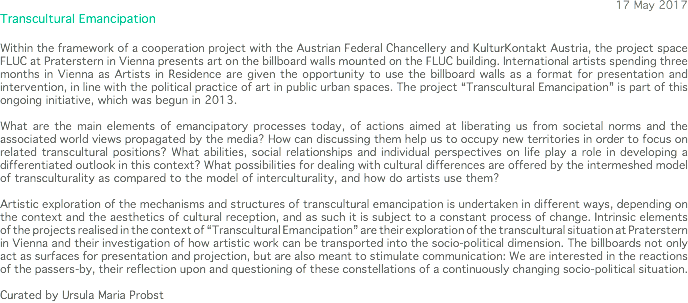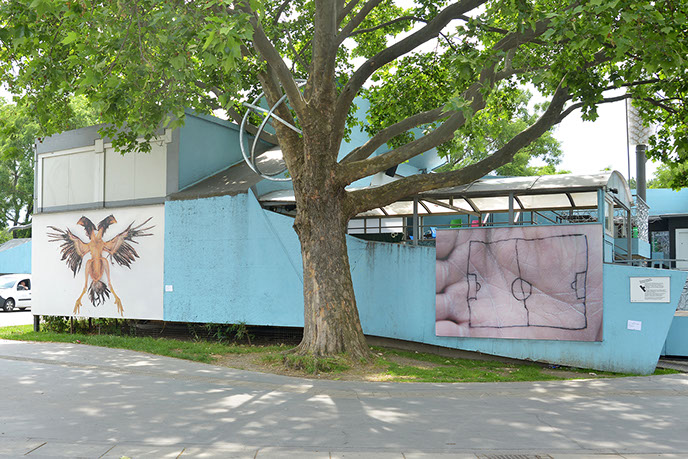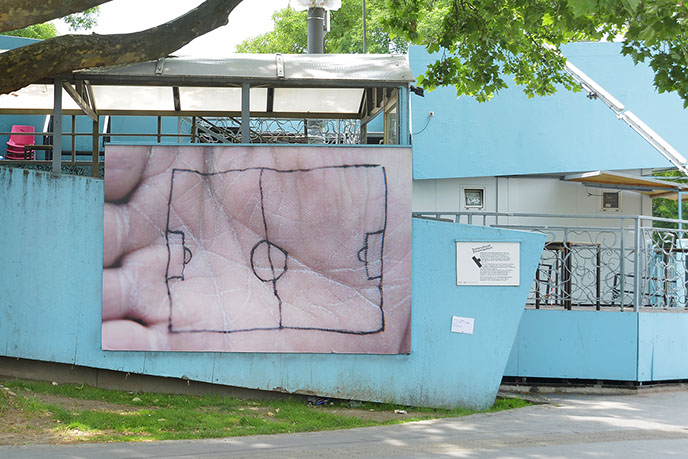________________________________________________________________________________________________________________________________________________________________________________
________________________________________________________________________________________________________________________________________________________________________________
Magic Palace
Silent buzzing
Sky COLOR
Blue Meteor
Kabbalah Hermetica
How stars are born
The Goldfinch
Detail View
From the street
SHQIPE
Billboard at Fluc
Billboard in Melk

http://www.fluc.at/programm/2017/05/17_IN-DER-KUBATUR-DES-KABINETTS-der-kunstsalon-im-Fluc-zeigt.html




________________________________________________________________________________________________________________

________________________________________________________________________________________________________________
